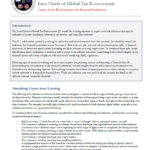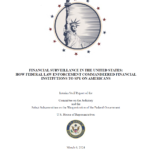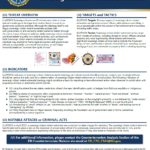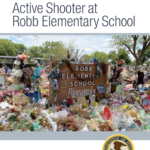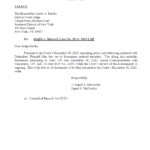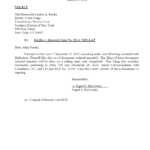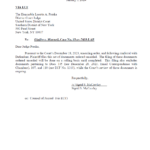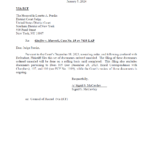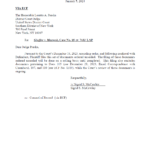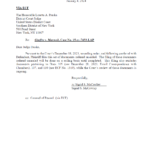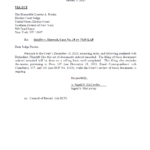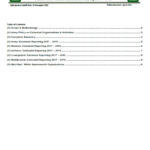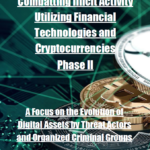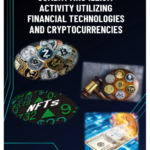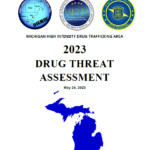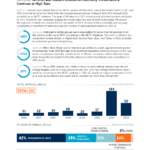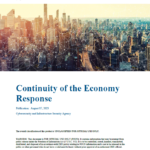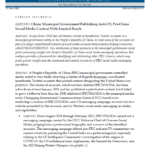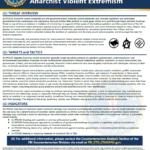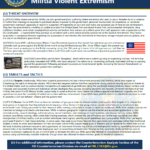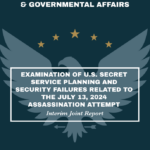
On July 13, 2024, Thomas Matthew Crooks bought 50 rounds of ammunition on his way to Butler, Pennsylvania, drove to former President Donald Trump’s campaign rally at the Butler Farm Show grounds, and climbed onto the roof of the American Glass Research (AGR) building less than 200 yards away from where the former President was speaking, where at 6:11 pm, he fired eight rounds from an AR-15 semiautomatic rifle, killing one person and injuring three others including the former president. That day, he was able to fly a drone 200 yards from the site, use a rangefinder capable of gauging the distance to the former president less than an hour before he began speaking, and bring two explosive devices within proximity of the site of the rally. The United States Secret Service’s (USSS’) planning, communications, intelligence sharing, and related security failures in advance of and during July 13 directly contributed to Crooks’ ability to carry out the assassination attempt and kill and injure people in Butler, PA that day.

